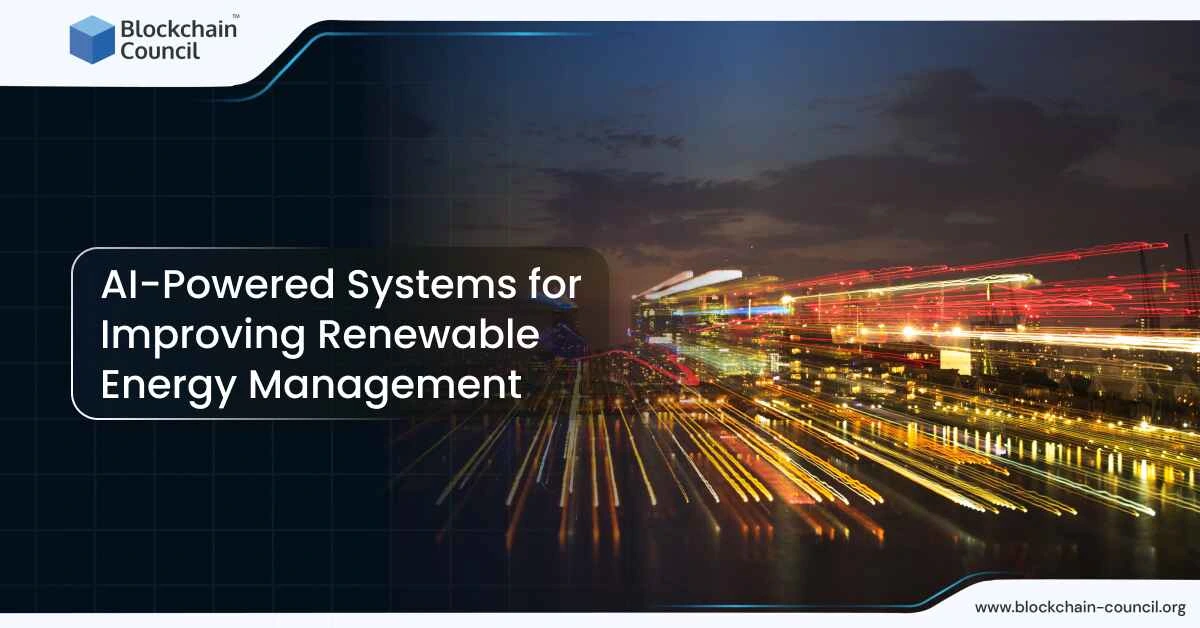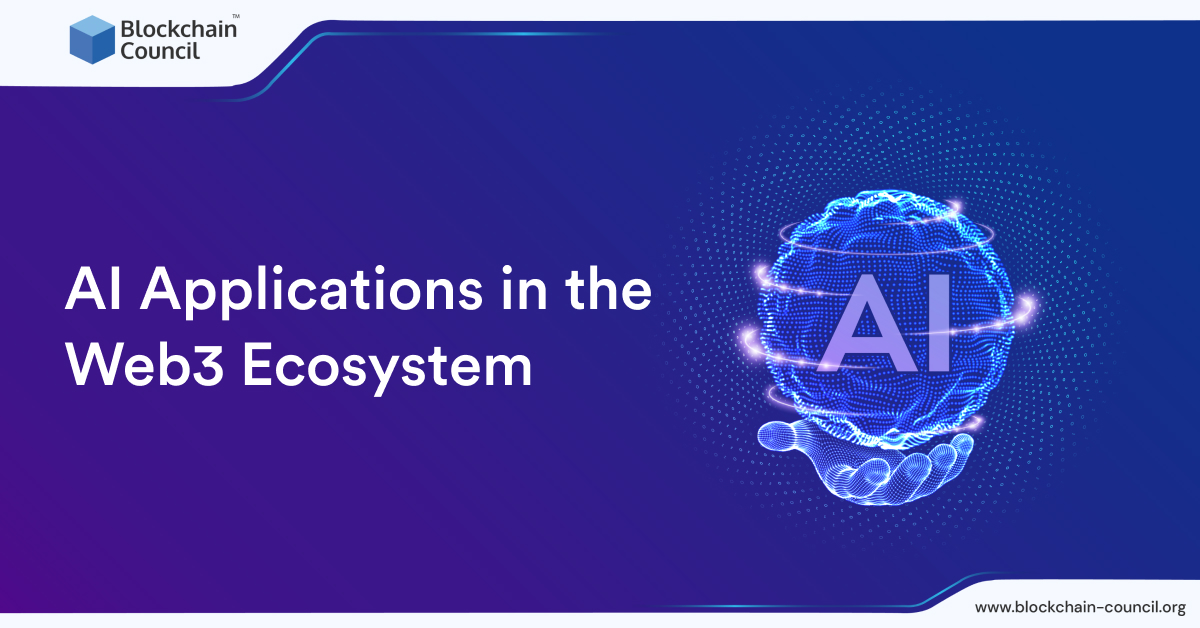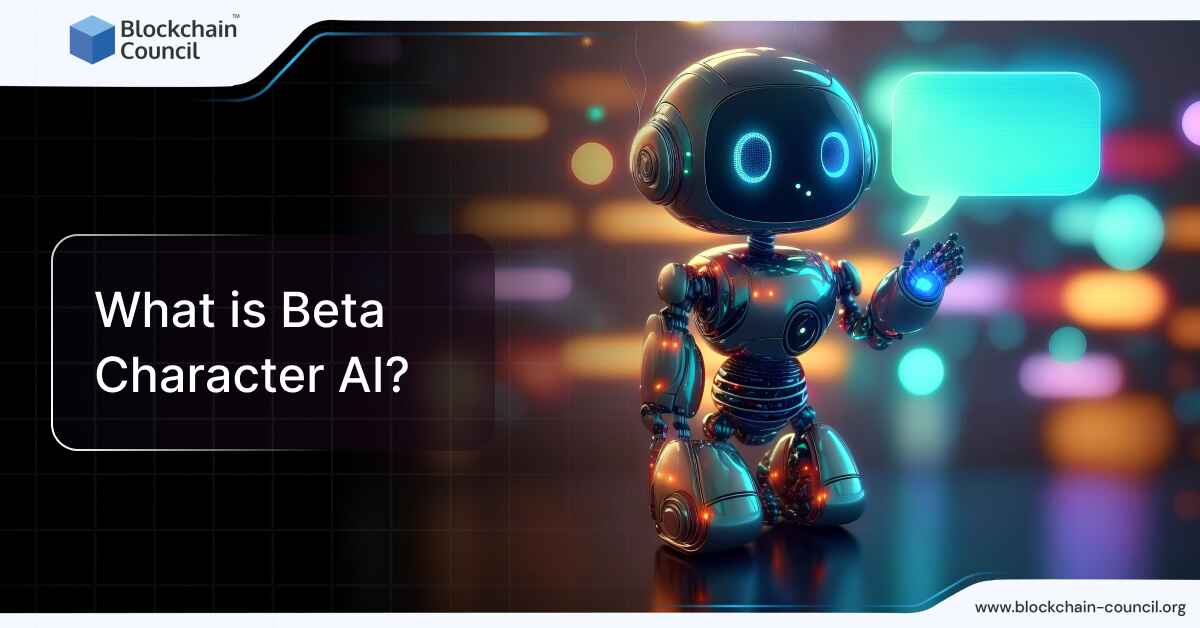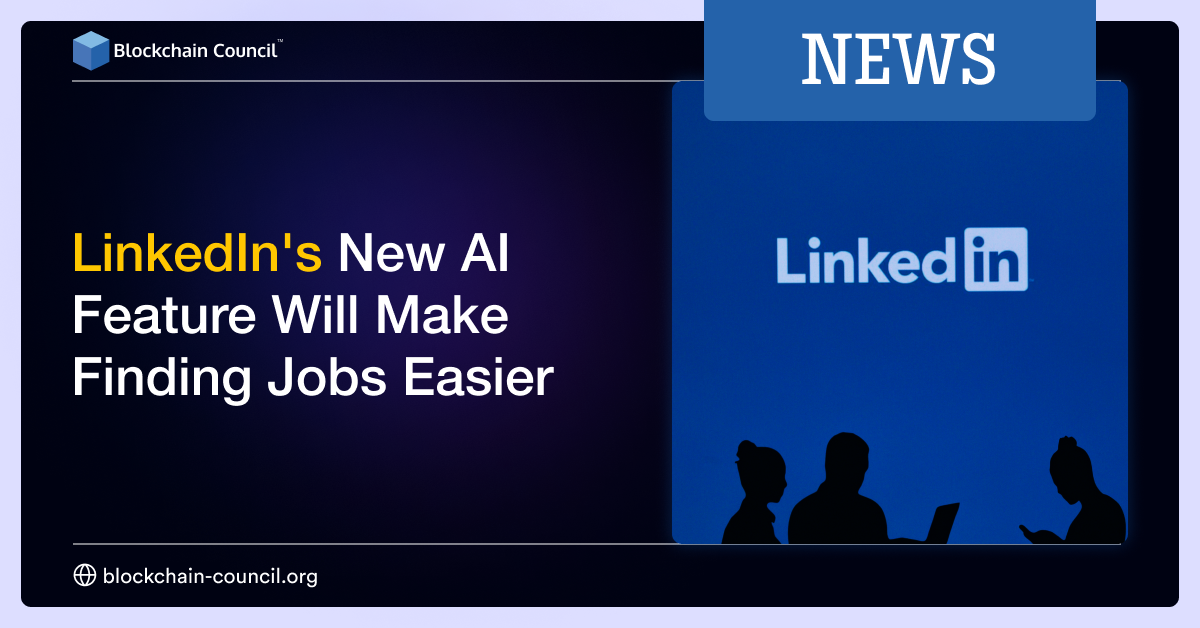
- Pradeep Aswal
- February 12, 2025
As renewable energy becomes more popular, handling these energy sources well is becoming increasingly necessary. Traditional energy systems, which were built for centralized power generation, face challenges when managing renewable sources like solar and wind, which are inconsistent by nature. Recent advances in artificial intelligence (AI) present a useful way to address these issues by helping optimize how renewable energy is produced, distributed, and stored.
How AI Improves Renewable Energy Management
Real-Time Forecasting of Demand
One of the main difficulties in renewable energy management is matching supply with demand. Since sources like solar and wind depend on the weather, predicting how much energy they will produce can be tricky. AI can make this easier by analyzing data from different places, including past weather patterns, real-time sensor data, and satellite images. For example, companies like SunPower use AI to adjust the direction of solar panels throughout the day to capture the most sunlight. Similarly, wind farms use AI models to position turbines in a way that maximizes energy capture while reducing equipment wear.
AI’s ability to forecast energy demand helps lower dependence on fossil fuels during peak usage times. It helps keep the energy grid stable, even when renewable energy production goes up and down. This is especially useful in systems where power is generated from many small-scale sources, like home solar panels or local wind turbines. Grid operators can better predict how much power will be needed and distribute energy more efficiently using AI.
Earning the Certified Artificial Intelligence (AI) Expert™ certification can broaden your understanding of how AI is applied in areas like renewable energy management. It will help improve the efficiency of systems and decision-making processes.
Maintenance Predictions for Renewable Energy Equipment
Maintaining solar panels and wind turbines may become expensive. AI can predict when repairs are required, which reduces downtime and repair costs. Companies such as Vestas and Siemens Gamesa are using AI to monitor equipment in real-time, allowing potential problems to be spotted before they lead to bigger failures. This method not only saves money but also minimizes disruptions caused by sudden breakdowns.
AI can also extend the life of renewable energy equipment. For instance, algorithms can analyze performance data from turbines or solar panels and identify when maintenance is needed. This approach leads to cost savings, as targeted maintenance can be performed before a major issue occurs. Estimates show that AI has the potential to save operators significant amounts in future equipment replacement costs.
Being able to give precise instructions to AI systems is important across many fields, including energy management. Gaining the Certified Prompt Engineer™ certification equips you with the skills to interact effectively with AI systems in managing complex processes.
Improving Grid and Load Management
AI also plays a key role in managing energy grids as more renewable energy sources are added to the system. Traditional grids were built for a one-way energy flow from the source to the consumer. However, with renewable energy, power can flow in multiple directions, adding complexity to grid management. AI-powered systems now help optimize these grids, ensuring energy moves smoothly even with fluctuating inputs from renewables.
For example, AI-based systems can adjust energy use based on real-time conditions. These systems can notify consumers when energy demand is high, encouraging them to reduce their use during those times. This helps balance energy supply and demand, making renewable energy more reliable. Grid operators like National Grid and Iberdrola have begun to rely on AI to improve energy distribution, prevent outages, and reduce waste.
Additionally, some companies, such as Noteworthy AI, use AI-driven cameras to monitor energy grids. These systems automate the inspection process, using computer vision to detect problems with power lines or poles before they lead to failures. AI also improves grid management, making it more efficient and safer, particularly in regions with older infrastructure.
Energy Storage and Trading
Energy storage and trading are vital for renewable systems, especially when production drops, like at night or when wind slows down. AI helps optimize energy storage, as seen in systems like Tesla’s Powerpack, by identifying the best moments to store or release energy. AI models can make these predictions by analyzing past data and real-time information, helping make the most out of renewable sources and decreasing the need for fossil fuel backup.
AI is also transforming energy trading. Platforms like Power Ledger combine AI with blockchain to allow producers and consumers to trade renewable energy directly. This real-time trading improves market efficiency, benefiting both producers and consumers by helping them manage their energy use more effectively.
If you’re looking to increase your knowledge of AI’s role in energy management, the Master Artificial Intelligence (AI) Learning Path offers valuable insights that can enhance your contributions to projects focused on optimizing renewable energy systems.
Optimizing Energy Generation
AI’s ability to analyze weather patterns plays a big role in improving power generation from renewable sources. AI can predict energy output from solar panels and wind turbines by studying satellite data and weather information. For instance, companies like Open Climate Fix have developed AI models that forecast how much solar energy will be generated, helping grid operators manage fluctuations and reduce the need for backup from non-renewable sources.
Another example is Siemens Gamesa, which uses AI to optimize offshore wind farms. AI models can improve power generation while lowering operating costs. These models significantly cut down the time needed for simulations, which predict how turbines will affect each other’s performance. What once took days to calculate can now be done in minutes, making wind farms more efficient.
The Future of AI in Renewable Energy
AI’s role in renewable energy will grow in the coming years. Federal policies like the Inflation Reduction Act and the Infrastructure Investment and Jobs Act have been pushing investments into clean energy technologies, including AI-driven solutions. The U.S. Department of Energy has outlined plans for AI to speed up the adoption of renewable energy while maintaining energy independence and security.
Globally, more companies are increasing their use of AI to meet renewable energy goals. Many major tech firms are investing in AI technologies to help them meet their carbon reduction commitments. In the U.S., utilities have set ambitious targets to lower carbon emissions or transition entirely to renewable energy by 2030. AI will be crucial in helping them meet these goals by improving grid operations, optimizing renewable energy production, and integrating small-scale energy sources.
Final Thoughts
AI quickly transforms renewable energy management by improving how energy is generated, distributed, and stored. It is helping reduce costs, make energy systems more reliable, and speed up the transition to cleaner energy sources. With continued investment and development, AI will likely play an even more significant role in addressing climate-related challenges while supporting the growth of renewable energy systems worldwide.
AI-driven solutions for energy management come with their own responsibilities. Our Unlimited Learning Subscription (AI) will guide you in meeting the demands of managing renewable energy more effectively.





































































 Guides
Guides News
News Blockchain
Blockchain Cryptocurrency
& Digital Assets
Cryptocurrency
& Digital Assets Web3
Web3 Metaverse & NFTs
Metaverse & NFTs
